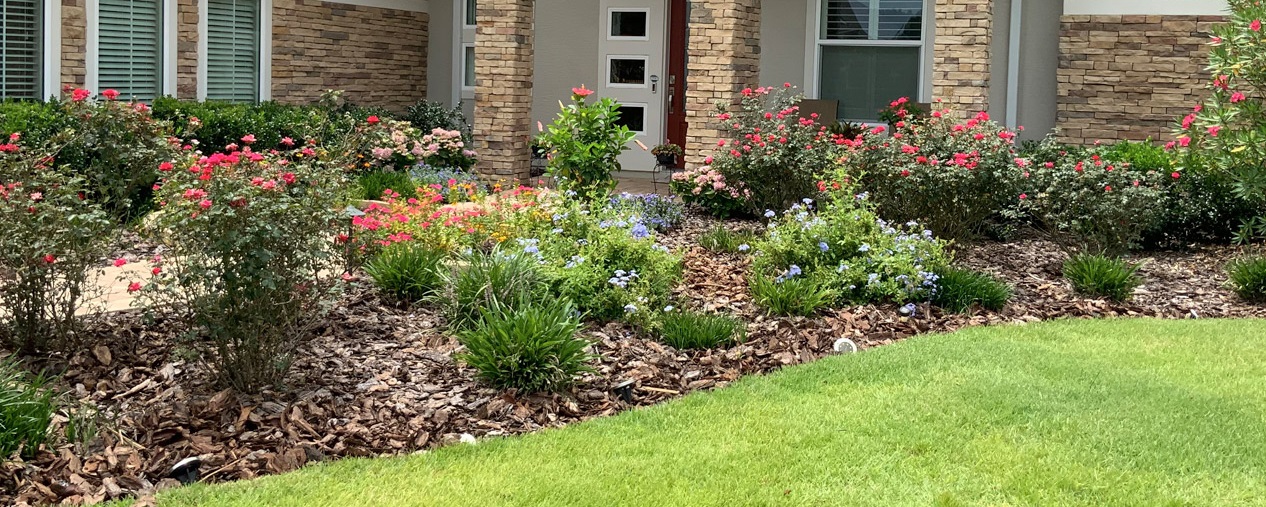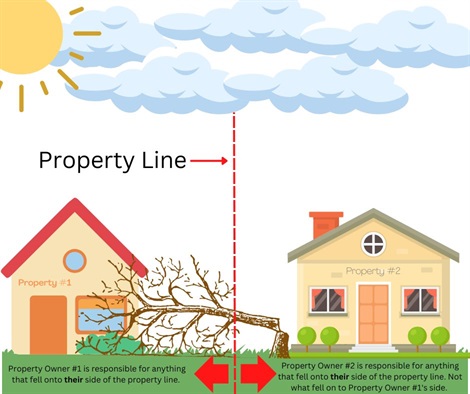Florida-Friendly Landscaping and Trees

Florida-Friendly Landscaping
The state of Florida has unique soil, light, water, and climatic conditions in various regions around the state, making home landscaping a unique challenge for Floridians, and by extension, residents of the City of North Port. The University of Florida's Florida-Friendly Landscaping Program provides guidance on sustainable alternatives to "conventional" landscaping that focus on low impact to Florida's unique environment.
There are 9 basic principles to the Florida-Friendly Landscaping Program:
- Look for low-maintenance plants that require minimal irrigation, fertilization or pest control
- Chose drought-tolderant, Florida-Friendly plants and minimize overwatering your lawn
- If you plan to apply organic or synthetic fertilizers, do your research to encourage the best plant growth and adhere to the City's fertilizer ordinance.
- Use mulch as a way to control weeds, retain soil moisture and moderate soil temperatures. Cut down on mowing by replacing grass with mulch in shady areas where grass won't grow.
- Encourage wildlife by adding trees and plants that bear fruit and seed in your landscape. Plant foliage and flowers for butterflies, birds and bees. Native plants can be a good source of food for animals and insects.
- Choose healthy, pest-resistant plants for your landscape. If you must use a pesticide, use insecticidal soaps, horticultural oils and other low-toxicity products.
- Never dump grass clippings or other yard waste into swales or waterways. Follow our yard waste guidelines.
- Reduce stormwater runoff by using porous materials like mulch and pavers for your sidewalks and driveways
- Protect waterfront property: Create a “maintenance-free zone” between the lawn or landscape and the water body. Don’t mow, fertilize or use pesticides in this area, which should be at least ten feet wide.
Further resources:
Minimizing tree damage by storms
As residents begin to think about replacing trees lost to Hurricane Ian or other storms, it's important to account for future storm possibilities. The University of Florida has provided helpful guides on choosing wind-resistant trees(PDF, 2MB) and how to minimize wind damage ahead of a storm(PDF, 1MB) .
Who's responsible for fallen trees?
A common result of many hurricanes, tropical storms or other strong wind events is fallen trees that impact more than one lot. When this occurs, both property owners are responsible for the part of the tree(s) that fall on their side of the property line. If you experience a tree falling over from an undeveloped lot, it is recommended to try to contact the owner, as the City cannot go on private property to cut or remove trees.

Additional Information
ULDC Master Tree List: Find information on trees that provide the appropriate level of shade, whether they're native to North America and more on the Unified Land Development Code's Master Tree list.
Arborist Services: Find more information on the City's tree ordinance, the Greenest Citizen Award, and how to contact the City's Arborist, and other environmental resources.
People for Trees: People for Trees is a North Port-based organization whose goal is to create awareness of the importance of Florida's native tree canopy through education and to encourage a stewardship of the native tree canopy through the preservation, protection, and replanting of native trees.
Florida Department of Agriculture and Consumer Services: The Florida Department of Agriculture and Consumer Services provides a wealth of information on everything from trees, plants, and fertilizer programs, to access to low-cost seedlings and the state's "Fresh From Florida" program.